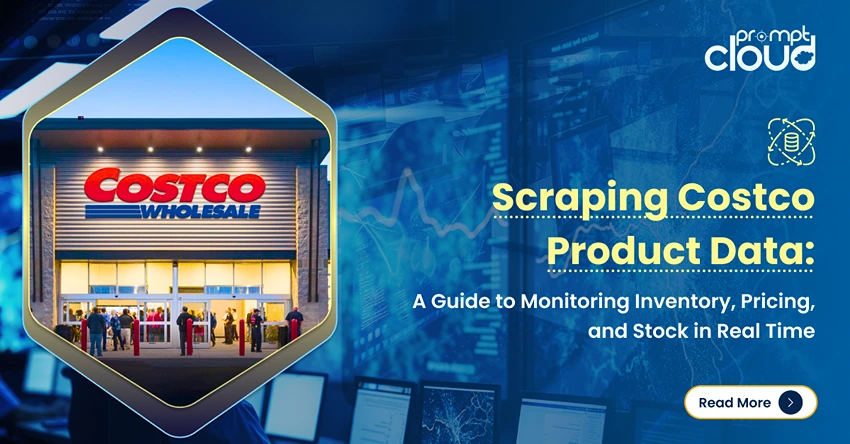
With the advent of Big Data, the world has changed in ways previously unimaginable. A lot of things that used to be impossible to analyze and predict even a decade ago have now become easier and more intuitive to predict, thanks to the numerous advantages of data analytics. The entertainment industry is no different. Over the years, data analytics and its immense power have been the root cause of a paradigm shift in the way operations are executed in the entertainment industry.
In a rapidly growing and thriving industry, such as the motion picture industry, data analytics has opened several important new avenues that can be used to analyze past data, make creative and marketing decisions, and accurately predict the fortunes of impending movie releases.
What has changed in the entertainment industry?
One of the most important elements of predictive analysis is the collection and storage of large volumes of data. The movie industry has always seen rapid growth. Over the last few years, that growth rate has skyrocketed significantly due to the insurgents of alternative distribution platforms, such as online platforms and mobile platforms. The motion picture industry is also inherently rich in data, which makes it an exciting realm to work for data analysts and statisticians. Earlier, the movie industry used to utilize the knowledge of certain industry trends, the basic rule-of-thumb approaches, and traditional wisdom and intuition to predict the success or failure of particular movies. This method was never very accurate or reliable and has been found wanting in many areas over the years.
In the present day, with the advent of Big Data and the exciting opportunities that are promised through data mining and analysis, the industry is active in the process of formulating a new, improved and reliable method of accurately predicting the success and failure of particular movies. Stakeholders in most major movie industries of the world are turning towards data scientists and analysts to increase their success rate through the help of data analytics. Currently, many major movie studios of the world are actively implementing data analytics as a prime means to gauge the possibility of success of many of their projects.
The Basics of Data Analytics for the Motion Picture Industry
The primary factor that helps decide the possibility of success for a particular movie is the knowledge about what makes people interested and heightens their curiosity. This knowledge can be achieved with a degree of accuracy through the analysis of various online sources, including search engine results, video views and comments, ratings on expert websites, and social media content. Analyses of past success records of other movies of the same genre or those starring the same people can also be brought into the fold to deliver accurate results. The primary goal is to be able to accurately forecast the possible box office returns for a particular movie using the relevant kinds of data. In pursuit of this analysis, the analytics experts are expected to have a large store of important information, including the records of movies by the same director and Production Company, other movies of the same genre, similar casts, types of story, and different avenues of marketing and promotion. Apart from these important factors, there are other influential factors like engagement related to please and trailer launches, social media buzz, and public forum comments.
A typical pathway of analyses of this kind can be the following –
- Initial categorization of past, present, and future releases with a breakdown by techniques for cluster analysis.
- A similarity check using sample plot points with other movies of perceived similarity to ascertain the degree of similarity.
- Using the model derived from the above steps and past data collections to arrive at an approximate estimation of the net return of the particular movie in question.
- Building an accurate and reliable statistical model from the above factors, as well as other intrinsic factors like awareness, interest, and curiosity.
Getting Fine-tuned Results
While the above processes only a rough outline, there are many ways data scientists can employ to get much more accurate, fine-tuned results. With the amount of data easily available and the number of sophisticated tools, techniques, and data processing platforms that are abundant today, astonishing levels of accuracy can be achieved with predictions. The first step towards achieving this is to ensure that the right audience gets targeted.
To achieve this, individual moviegoers can be treated as potential customers, and then careful data research should be undertaken to ascertain which of these potential customers are most likely to influence the opinion of others. In this regard, it can be beneficial to factor in both prospective audience members and also theatre owners, who might have their own strategies regarding the scheduling of particular movies to expand their occupancy and profits. Factors like demographics also play a large role in this regard.
Another element that should be factored into this analysis to achieve more accurate results is seasonality. There needs to be a detailed study of the fortunes of movies that get released at a time that coincides with particular events like major festivals, holidays, or weekends. Usually, a particular week sees the release of several different movies, whereas people are more likely to opt to watch just one over a particular week. Therefore, there is a need to look into ratios rather than absolute values to derive accurate results which cannot only drive profit but also play an important role in the marketing and promotional strategy of the movie.
Critical success drivers for leveraging the prowess of data analysis
With the staggeringly large amount of data available on the digital platform and exponential growth of the data daily, it can be expected that data analytics experts would keep coming up with new and innovative ways to use this information to achieve more and more accuracy in their predictions of the success or failure of a particular movie. Being able to predict the success of an upcoming project with high degrees of accuracy has its advantages. It allows filmmakers to elevate and fine-tune their decision-making before the release of the movie to attract more revenue.
For producers, such a system of accurate predictions is useful for them to be able to secure the right investment capital. For investors, such analysis would mean advanced knowledge of the breakeven thresholds and economic consequences of a particular project and would facilitate smooth decision-making. Through data analytics, every party which has a role to play in a particular project can be better equipped to make important decisions with knowledge and insight.
At the most basic level, the process of data analytics when it comes to the motion picture industry has to deal with processing large volumes of past data, identifying certain set patterns, juxtaposing them with existing, available data points, and using the knowledge thus gained to make better decisions for enhanced performance. Accurate revenue forecasts can pave the way towards proactive financial and marketing plans for future projects.
Many important nuances have a role to play in this regard, all of which have to do with a robust and unbiased assessment of both qualitative and quantitative factors that have time-tested statistical significance in influencing the fortunes of a particular movie project. The factors are many and varied and can include disparity items like genre, release date, location, casting, budget, marketing efforts, marketing budget, etc. All these factors can also influence each other and finally have a large impact on the possibility of success.
For example, a major movie studio might look at very specific data, like the records of all movies of a particular genre that have been released in the last few years and have featured one or two particular stars. This data can then be arranged chronologically and analyzed to find out any relevant trends. These trends can then be put into context with other, external factors that also have a proven influence on revenue, like economic factors, conflicting events during the time of release, and weather conditions.
Following this process, a generic model can be built to predict the possible box office fortunes of any movie project of any genre. Important additions to this method of data analysis would be the scraping of information from particular film reviews, ratings, user comments, and social media content. This can help establish engagement patterns, degree of engagement, potential in terms of arousing interest and curiosity, and even audience fatigue with a particular genre or a particular member of the cast.
To Sign Off…
The long-term gain from this approach is that movie studios have the outside chance of avoiding major box office catastrophes. The process of making a movie and then starting with the analytics will gradually give way to let the analytics dictate the course of the movie and provide creative direction to maximize reach and revenue in the long-term. With all the power of Big Data, that magic formula is not very far out of reach for motion picture studios.



















